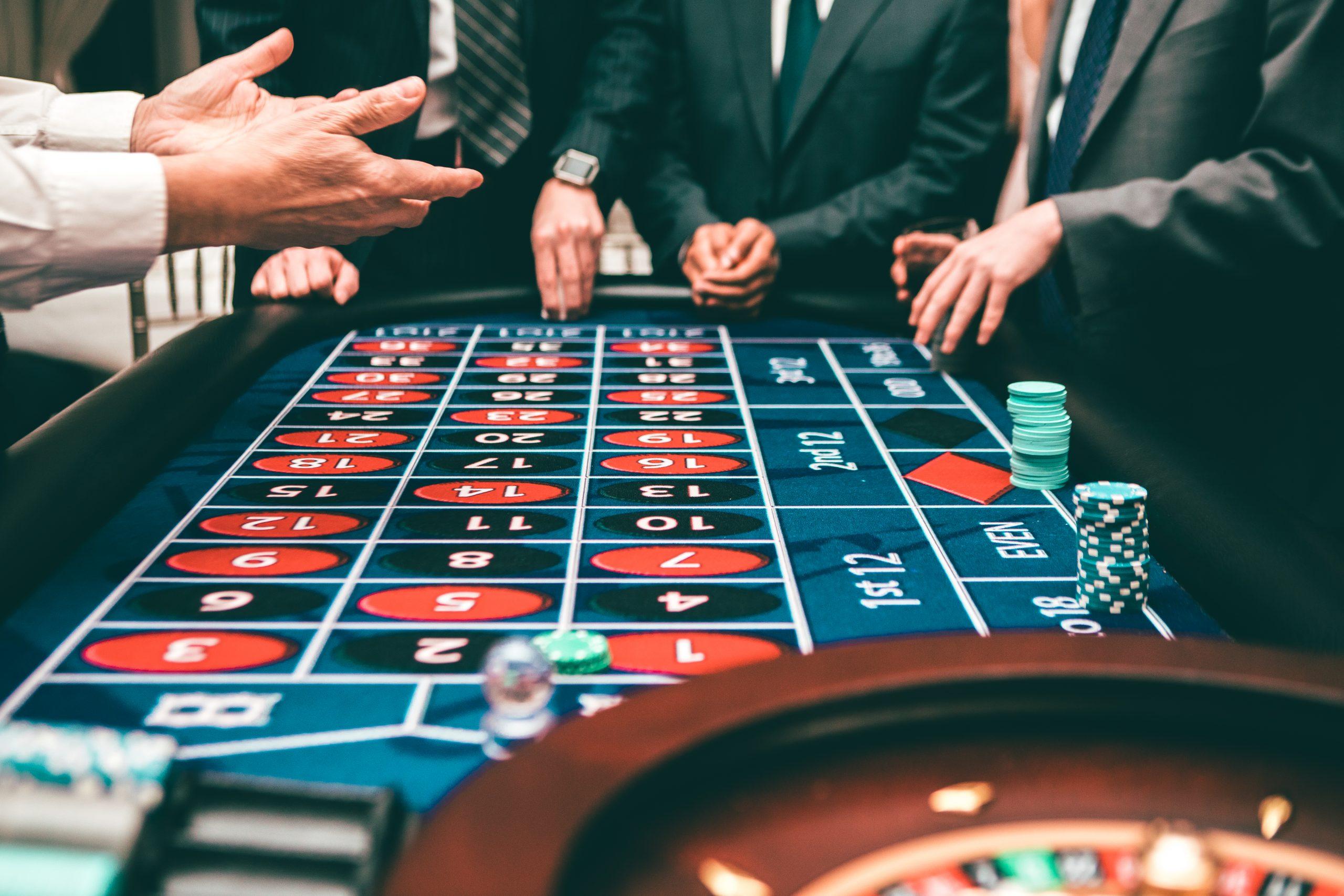Ways to Improve Your Game with Texas Hold ‘Em Poker
Texas Hold ‘Em is a game that very much rewards good play. There is luck, but a good player will generally beat the weaker player most of the time. Make sure you know the rules to increase your chances of winning.
The right start
In order to be the best, like Daniel Negreanu, then you are going to need the best tools for playing and winning. If you are looking to play online, you will require a site that is fully licensed and regulated, supplying the best poker tables there are online and as a live streaming service. Players that are based in New Zealand wishing to learn more about this, can find out by clicking here.
Know your position
The best position in Texas Hold ‘Em is “on the button”. When you are on the button, you are the last person to act inside of the betting rounds, your moves are a choice of the flop, the river and the turn. Again, you know very well how many other players are in the hand and can make a more informed decision on the bet amount if necessary.
The worst position is the small blind. After the flop, turn and river, you have to act first. Sometimes you can play aggressively, but it’s best to act last and not first.
Also focus on the total number of players still seated at the table. A game that should not be played with seven players, instead look for two or three because there is less competition at the table. And the fewer players there are, the more often you have to bet (the blinds) to be more aggressive.
Focus on the other players
It’s easy to get caught and lose sight of other players. But you need to know how many chips you have (an approximate count, not necessarily a specific count), what cards you can hold, and what your best hand is on the community cards you split with everyone.
It can also be useful to monitor player trends. Find out who is bluffing and who is playing closer. If a player has never bet more than $10 and suddenly receives a bet of $50, then you need to be careful. It is a good clear indication that the player is holding a strong hand.
If a player loses a big enough hand and immediately comes back with a bigger bet, then that player can recklessly bet out of frustration. It is not a bad time to take a step back as long as you have a solid hand, because someone who plays this way is unlikely to give up.
Don’t let other players see the free flop
If you are holding a hand strong enough to hit the flop, don’t let any of the other players see it for free, at least raise it with the smallest bet. Beginners like to see mistakes as cheaply as possible, but it is dangerous to give them up.
Suppose your hand is A-K and the other players are 7-4 and 10-5. You should be able to handle both before the flop. But if you fail them at a blind, high price, disaster can occur. In this case a 10-9-8 would be the worst: you have nothing and one of your opponents has an open tie while the other has a pair of 10, you will have lost a great starting hand.
Don’t be afraid to go after failure
If you want to be the best and reach the standards of those playing in the PokerStars tournaments, then you need to take the right risks that payoff. It is difficult for some beginners to fold a hand after the flop. “I’ve already put money in the pot, so it’s best to stay and see what’s going on,”. But this way of thinking can cause you to lose a lot of chips.
Even if you start with a good hand, the flop can kill you. Suppose you have an A-K, but 5 hits the flop. It is unnecessary and if someone has a J you are suddenly a big risk. Even if an A or a K or both appear, you lose against the three J. If the flop is unable to improve your current hand and you do not have a big pair, think carefully about the outcome.
Sometimes you start after the flop. Let’s say there was a Q-6 and a K-10-6 flop. A natural tendency is to focus on what’s going on: “Isn’t that great? I have a pair of six!” But K and 10 are very dangerous: you have a weak pair, which means that all the other players with K or 10 are ahead of you.





